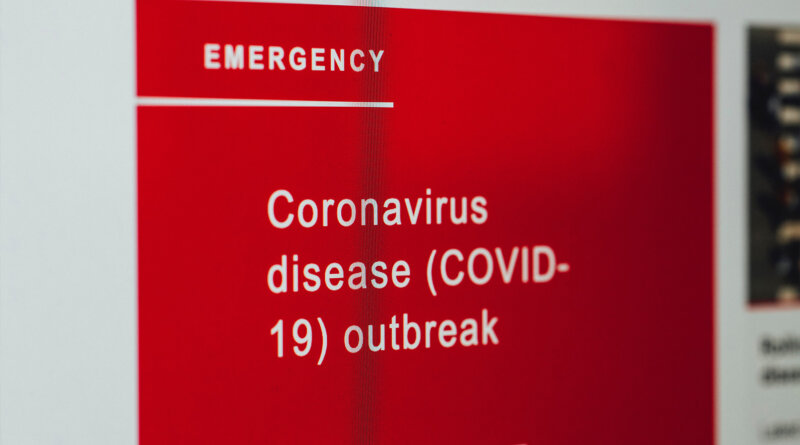NYC Hospitals Struggle with Coronavirus Surge
March 26, 2020 — On a sunny, early spring day in Woodside, Queens, you’d expect to hear the shouts of children at recess from a nearby school, rumbling trucks making deliveries, music blasting out of car windows. Instead, right now the only sound is the occasional wail of a siren, another ambulance transporting another patient to one of the city’s COVID-19-crowded hospitals. Elmhurst Hospital, the closest one, lost 13 patients to COVID in a single day.
New York state, and in particular New York City, has become the epicenter of the outbreak in the U.S. and a harbinger of what other hotspots can expect. By noon on Thursday, the state had 37,258 confirmed cases, more than half the cases in the entire country. And 21,393 of them are in New York City alone — 3,537 diagnosed just yesterday. Across the state, 358 people have died. Of that number, 281 were in the city.
Not Enough
As of Wednesday evening, 3,922 people had been hospitalized in New York City.
The influx of cases threatens to overwhelm certain hospitals in the city, where emergency rooms run out of gurneys and patients have waited up to 60 hours for a bed. In the 3 weeks since the virus hit the city, Brooklyn Hospital Center has seen 800 COVID-19 patients, according to the New York Times.
To meet the anticipated need for inpatient treatment, the Jacob K. Javits Convention Center in Manhattan is being turned into a medical center with four 250-bed hospitals, the Times said. A 1,000-bed Navy hospital ship has been promised, but it won’t arrive until mid-April. Governor Andrew Cuomo said the goal is to have an overflow capacity of at least 1,000 beds in all five of the city’s boroughs plus surrounding counties.
In order to treat all those patients, hospitals will require more workers. Cuomo put out a call for retired health care professionals to volunteer. More than 50,000 have signed up.
Intensive Care
For the most critical cases, the situation is grim. Ventilators, which breathe for patients who can’t breathe on their own, are in demand. Non-coronavirus cases usually remain on the machines for 3 to 4 days. But COVID-19 patients tend to need ventilators for 11-21 days, stretching the limited supply even further. In response, the state has approved a splitting technology for the machines so each one can breathe for two patients. Hospitals are also converting anesthesia machines to work as ventilators.
“The number of ventilators we need is so astronomical, it’s not like they have them sitting in a warehouse in the federal government,” Cuomo says. “You have to find those ventilators or convert them, or get companies to manufacture more.”
All of the more than 1,800 intensive care beds in the city are expected to be filled by Friday, according to a report in the New York Times. The city is scrambling to add more ICU beds to the system, Mayor Bill de Blasio said.
“ICU’s are not a fixed asset anymore,” the mayor said in a press briefing. The City is converting regular rooms to be used for intensive care. “We conceivably could have a hospital that’s all ICU.”
Scrambling to Meet the Needs
The tsunami of cases affects more than just the hospitals’ facilities. For some health care workers, personal protective equipment (PPE) is in short supply. At Mt. Sinai West hospital, a nurse assistant died from COVID-19 on Tuesday. Pictures on social media had shown staff at the hospital using garbage bags as gowns, according to media reports. But Cuomo says that for now, the state has what it needs.
“For the past few days, distribution may have been start-and-stop, but we have enough PPE for the New York City hospitals,” he said. “We have enough for the immediate need, but not past that.” Cuomo has been tweeting thanks to companies that donate goods and services.
And for patients who don’t survive, New York City is also making preparations. Forty-five refrigerated trailers are being dispatched to hospitals whose morgues are overwhelmed. Each can hold up to 44 bodies.




